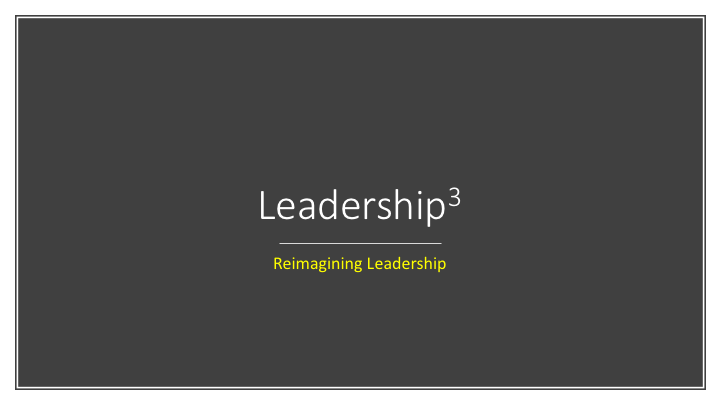Reimagining Leadership
Leading ComplexitySimply Reimagine .....
In this final section, the main elements of re-imagining leadership are summarised. You can either go straight to the summary which will give you a brief outline of the key learning points or there are two video's that lead you through the main arguments which is narrated by Stephen Brookes.
We hope that this has given you a taste of what is on offer from this website which accompanies the Selfless Leader. More detailed sections are available but you will need to be registered to access the Knowledge Hub either by enrolling for leadership development programmes and/or workshops or by requesting access by contacting us (you can use the contact form to do this).






